By Dan Shea
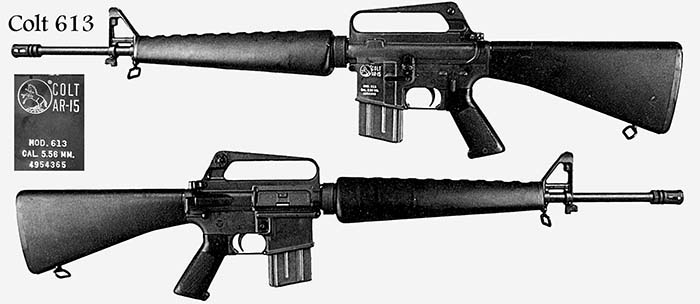
As we continue the SAR Identification Guide to the Colt Models, we have taken into account the requests of the readers who wanted close ups of some of the differences between the models. In this issue, we have three pages of guns, followed by three pages of comparative features. If you have other data to add to this ID Guide, please contact SAR and we will try to get it included.
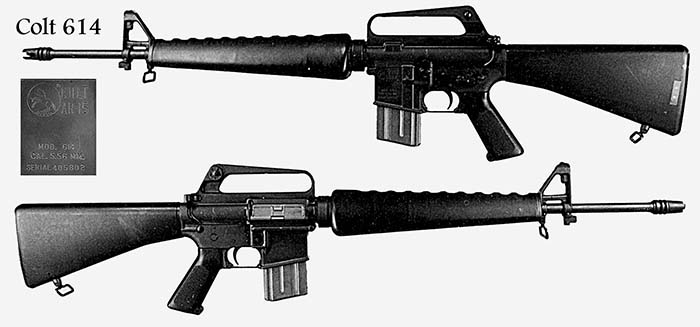
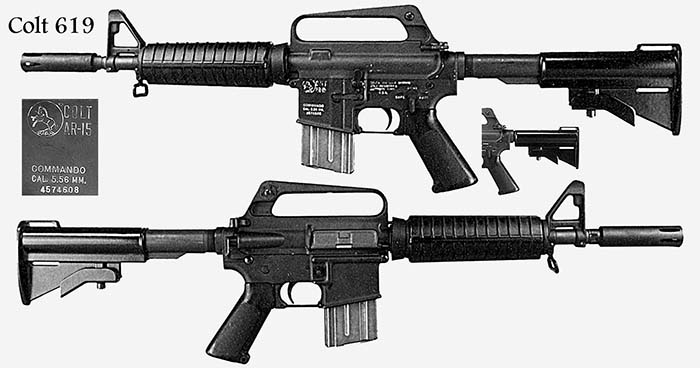
The entire period that the M16 series has been in use by the United States military has been full of change. Each branch of the service has imposed it’s own criteria on the manufacturers, and Eugene Stoner’s original brilliance is evident in the adaptability of the design. Stoner’s system was balanced between all the forces at work in the firearm. Time that the system was pressurized dictated barrel lengths that would work, stroke needed for timing and recoil did the same on the buttstock. This ID Guide should serve to illustrate the diversity of designs that have been implemented in the last 40 years since his first prototype was made.
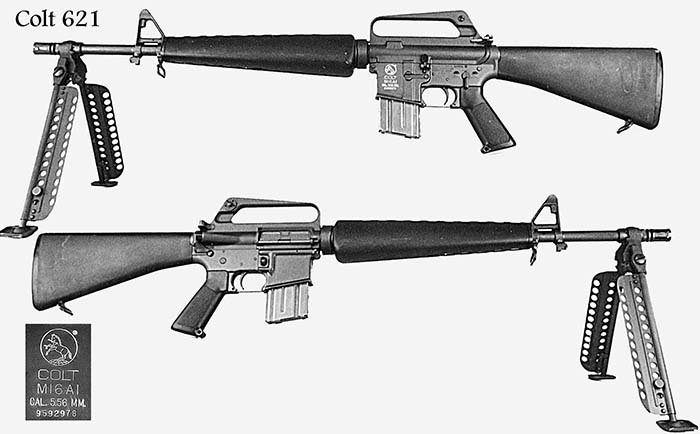
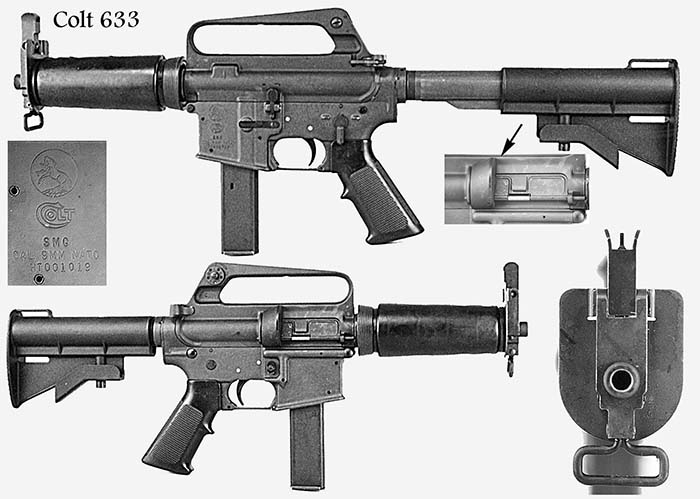
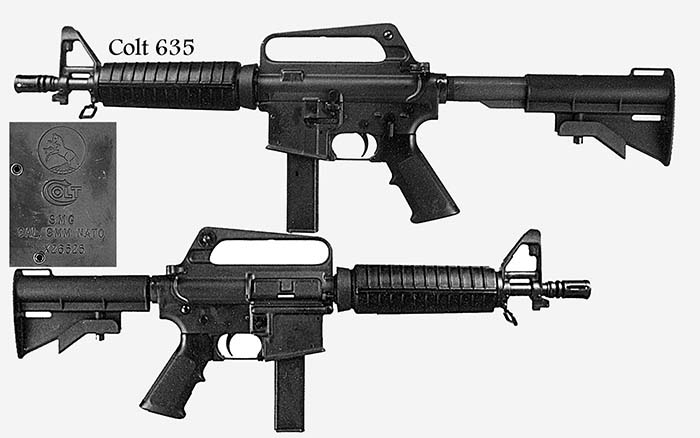
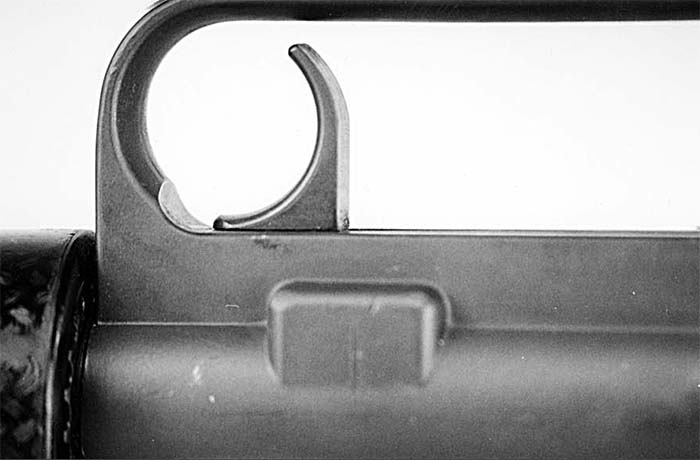
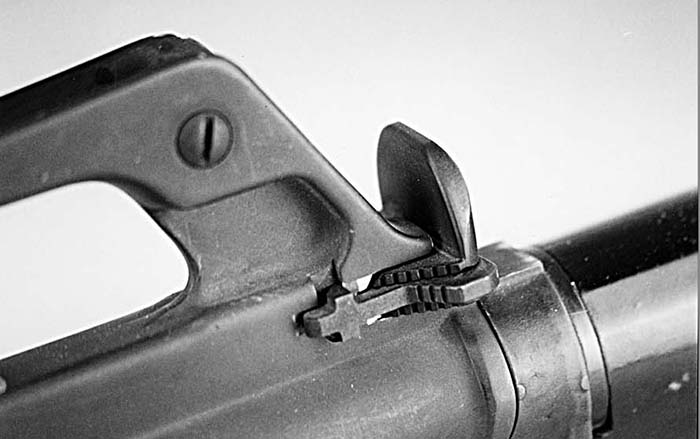
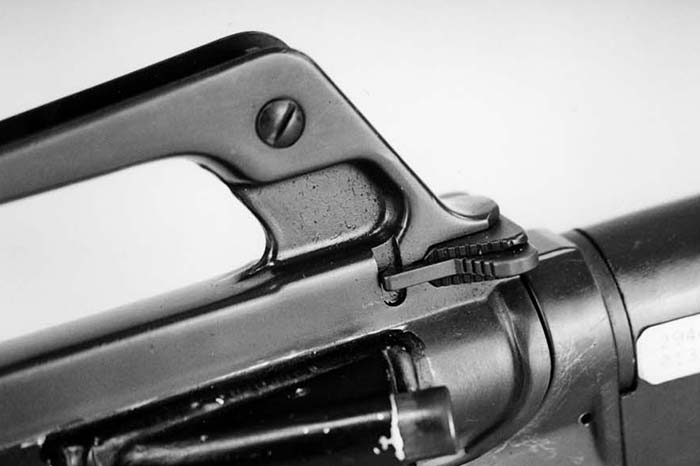
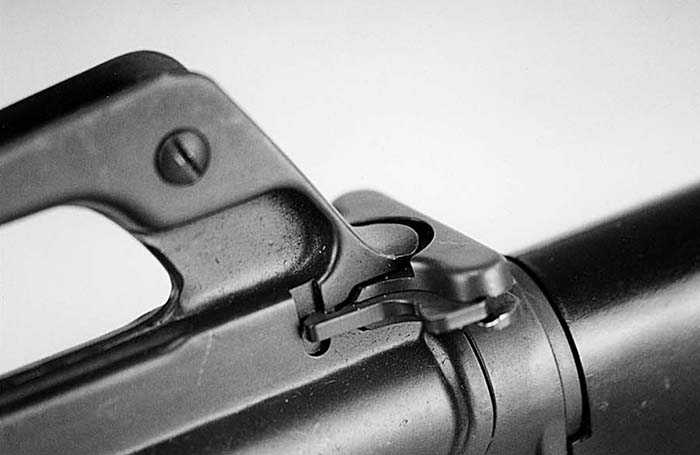
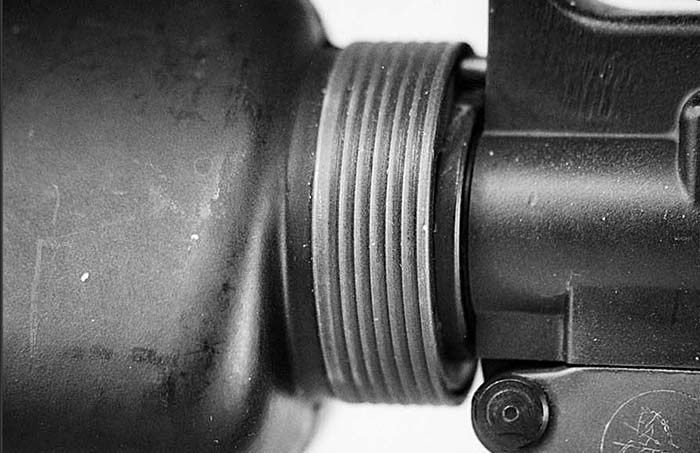
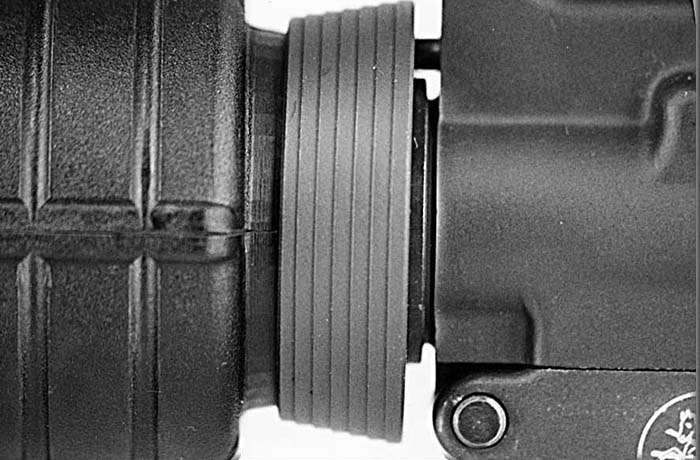
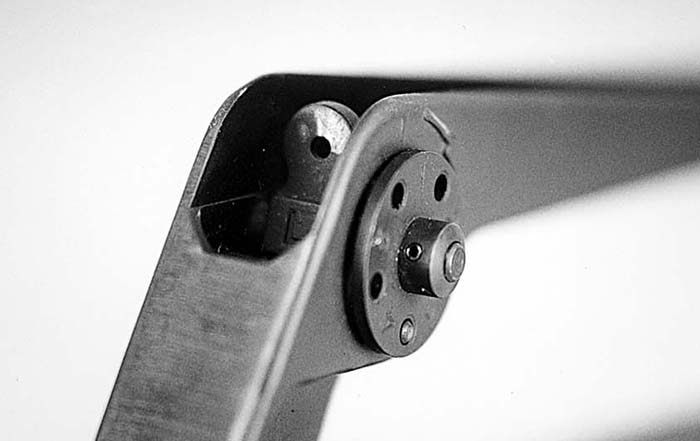
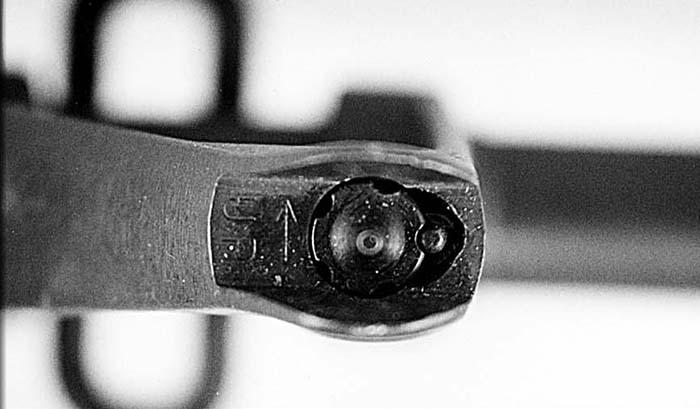
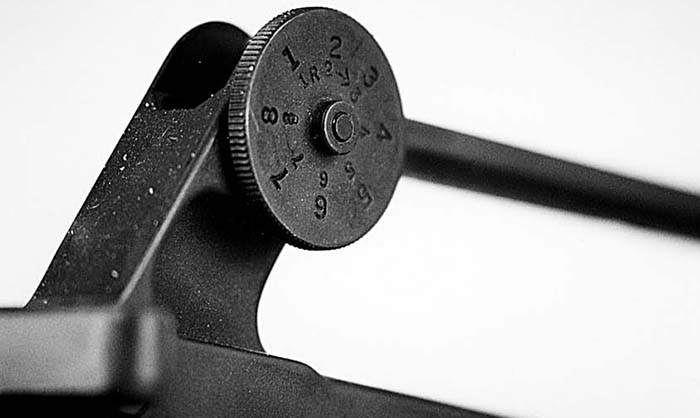
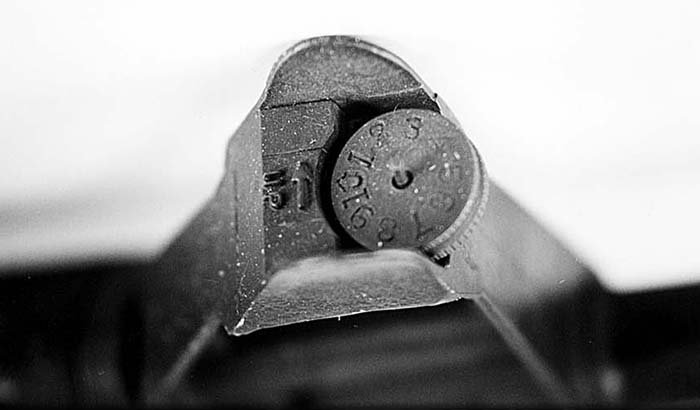
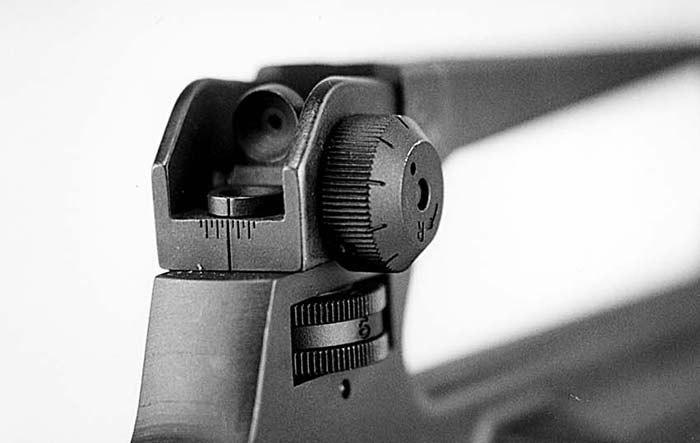
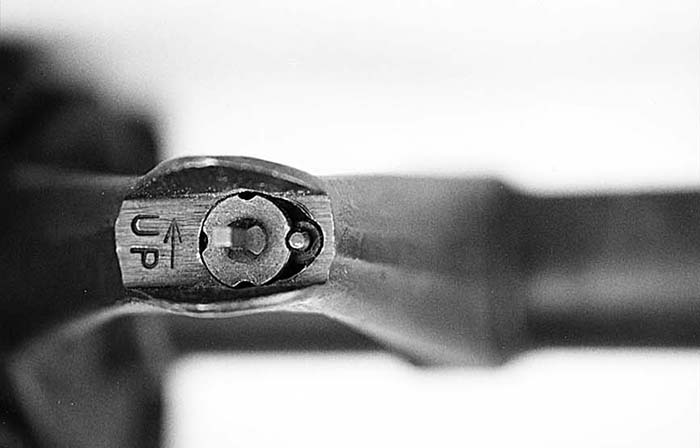
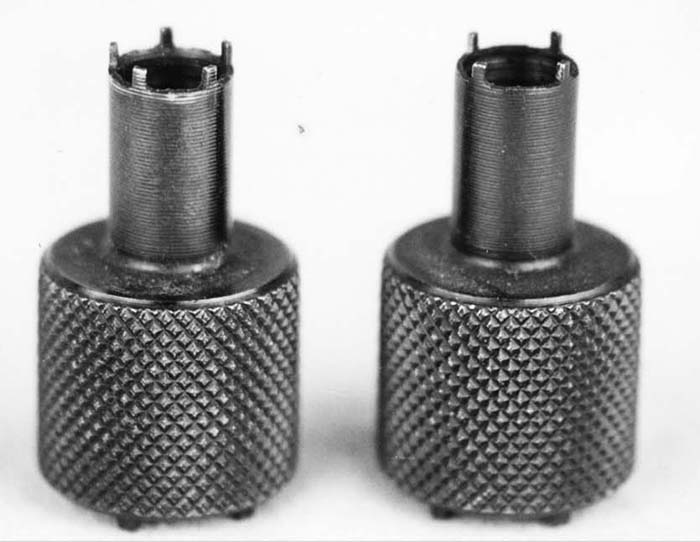
Right: A2 4 notch tool
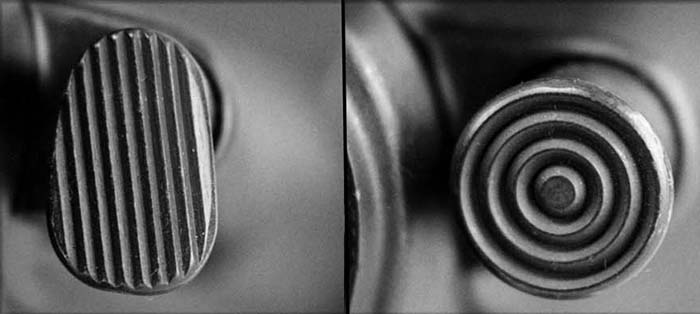
Right: round A2 forward assist
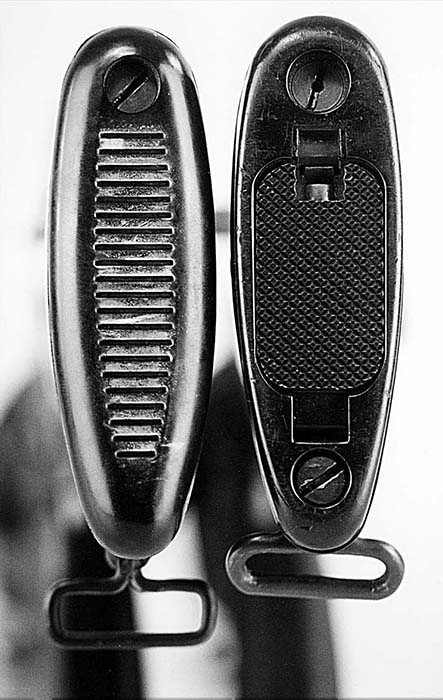
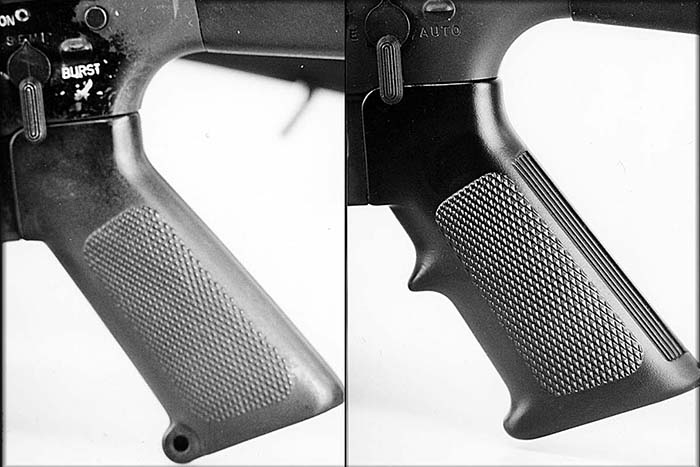
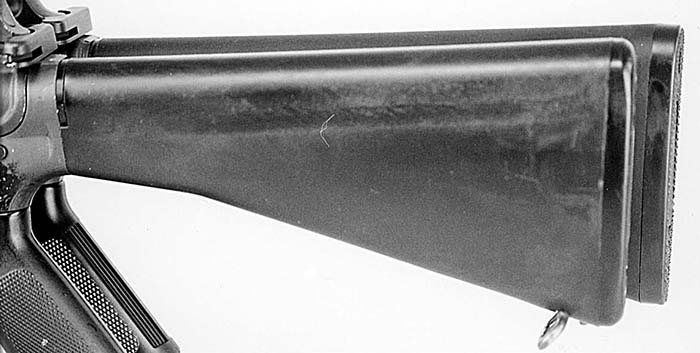
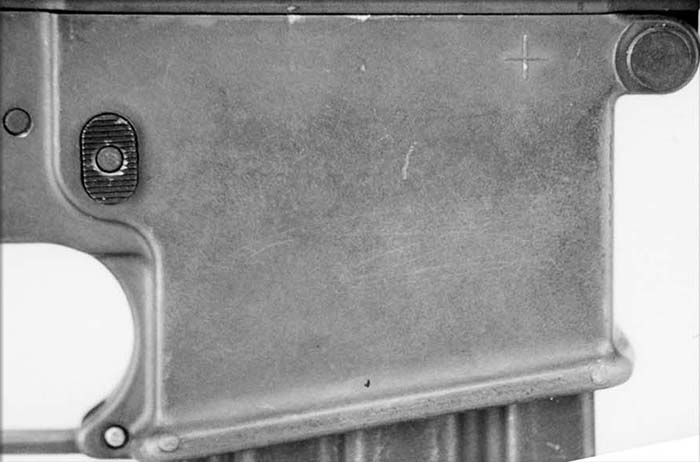
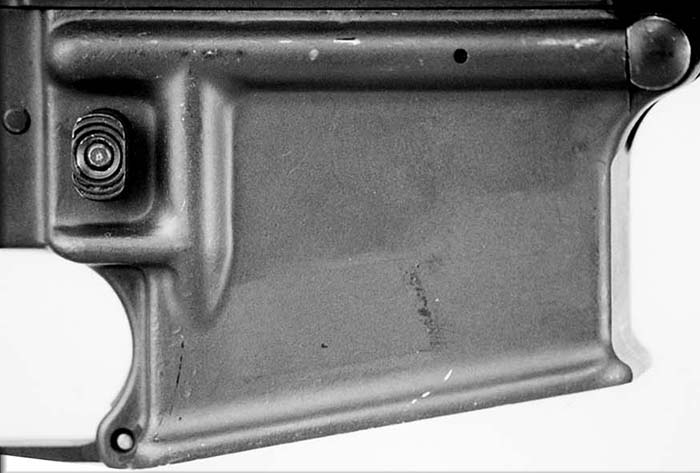
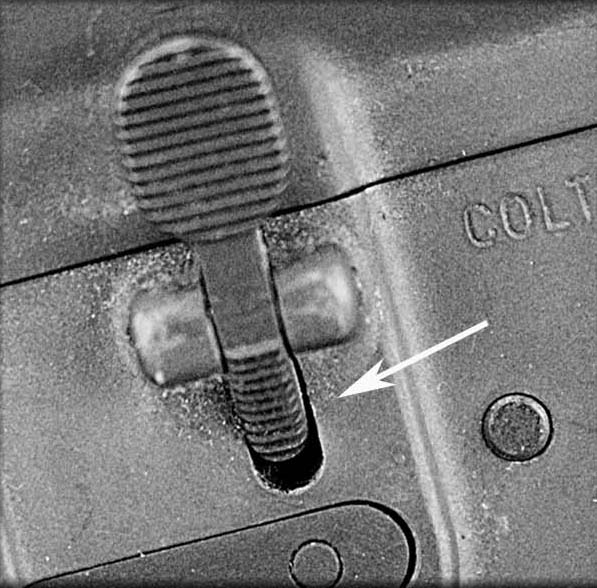
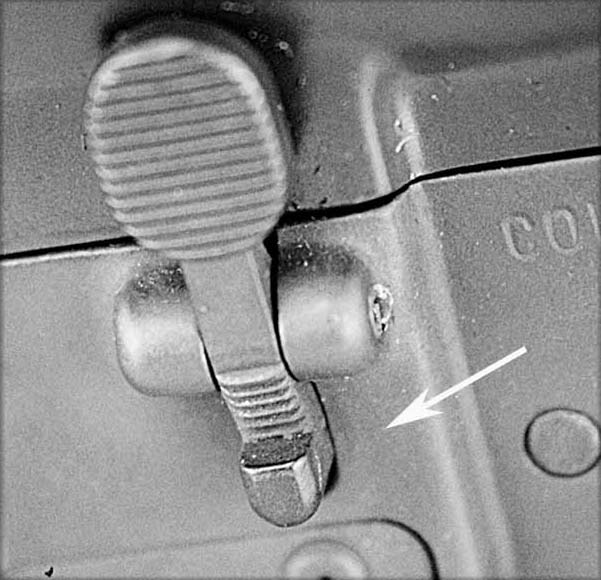
| This article first appeared in Small Arms Review V1N6 (March 1998) |











